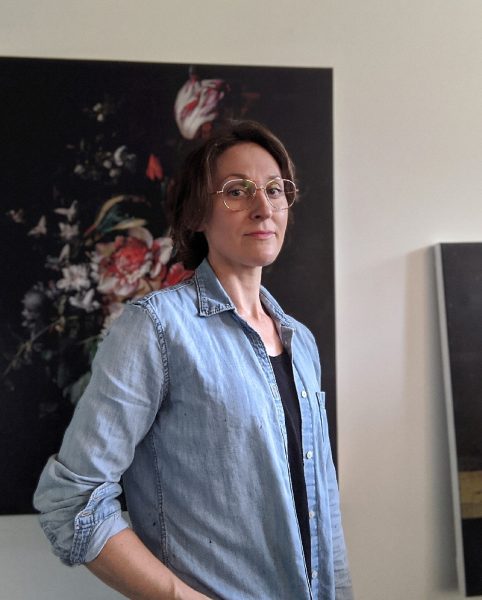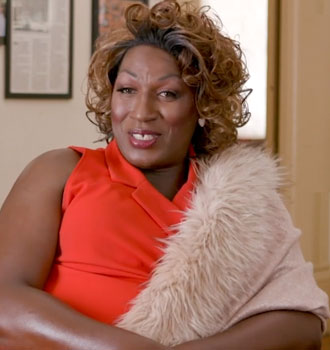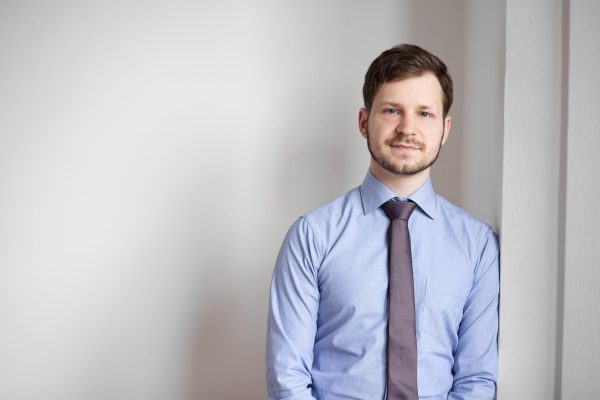Amrita Kaur Dang, OC ’06, Fuses Hindustani-Electronic
Amrita “Ami” Kaur Dang, OC ’06, is an ambient musician. Her work is an electric mix of Hindustani sitar and vocals threaded through Western styles and different kinds of noise. Dang studied TIMARA while at Oberlin and has since taught courses in the department. Dang will return to Oberlin for a concert at The ’Sco Friday at 9:30 p.m.
This interview has been edited for length and clarity.
What was your musical career as an Oberlin student like and what sent you in the direction of the music that you’re making now?
As a kid, I grew up studying some Indian classical music — sitar and vocals — and I also studied Western classical music. I was always a super artistic person, as many Oberlin students are regardless of their major or focus. I was also really into dance and theater as a kid, and I think that combination of interest in the performing arts as a whole was partly what drew me to the TIMARA program — there’s a lot of interdisciplinary arts baked into it. My senior recital at Oberlin was in the Asia House lounge, and it featured six dancers, four-channel sound, and a video element. So coming out of Oberlin, I was really interested in multidisciplinary work. When I left Oberlin, one of the things that drove me to pursue the work I have continued to make was just the lack of resources. When you leave school, you realize that you don’t have access to all the amazing equipment and studios. Once I left and realized that I was really on my own, it sort of drove me to think, “Okay, what can I do with very little, and how can I use that to still make music and perform?”
For people unfamiliar with your music, where would you recommend they start, and what can they expect?
I’m exploring the full range of human emotion through electronics and sitar, and although that can, of course, be done in more traditional classical music — Western or Indian — for whatever reason, I am just really excited about technology and electronics, as frustrating as it is. I guess my goal would be for people to come with a clean slate — the less you know, the better. I’m not saying don’t get into Indian music — absolutely get into Indian music, or harsh noise, psych music, ambient work. But I think with my music, just take it for what it is. My music is entirely a product of my identity. I grew up with Bollywood and light classical and classical blasting through the house, but I also have older sisters who were listening to Depeche Mode and other new wave music in the early ’90s. Then on my own, I got to trip hop and other various top 40 hits. My generation and the generation before me have really experienced industrialization and the noise of our environment really taking over. So I think sometimes for me, bringing in noise elements or technology also reflects that.
I think that’s a really great message for potential audience members this weekend.
There are people out there whose taste in music is very cut and dry, and then there are people out there who are interested in exploration and new forms. My music certainly tends to appeal to the latter. I’m in my late 30s, and I have experienced different audiences now over a generation. Your generation is probably more accustomed to and interested in the kind of music I’m making than my generation and the generations before mine. We’re hitting a point in the United States where there’s more immigrants and more Brown people than ever before. We’re talking about Brown and Black and BIPOC culture and embracing it more than ever before, and I think that is something that has also drawn people to my music.
That’s a wonderful note to wrap up on, very poignant to the time that we’re living in, especially considering the conversations happening on Oberlin’s campus about racial identity.
Just another note for context, when I started playing DIY shows right out of Oberlin in my early 20s, I was playing with all-white noise bands or all-white punk bands — or, I should say, with all white males. This was a time too, when the gender binary was much more fixed — people were not talking about gender fluidity the way that we do now. And these were mostly white male audiences, and I would have white women come to me after the show saying, “Wow, it’s so cool that you’re doing what you do.” Now, it’s more Brown folks, more non-binary folks, and just a lot more diversity among my audiences. On Friday, to play with Time Wharp, somebody else who is making electronic music — specifically ambient electronic experimental music — who is not a white man is pretty significant. I’ve definitely noticed that change over the years.










